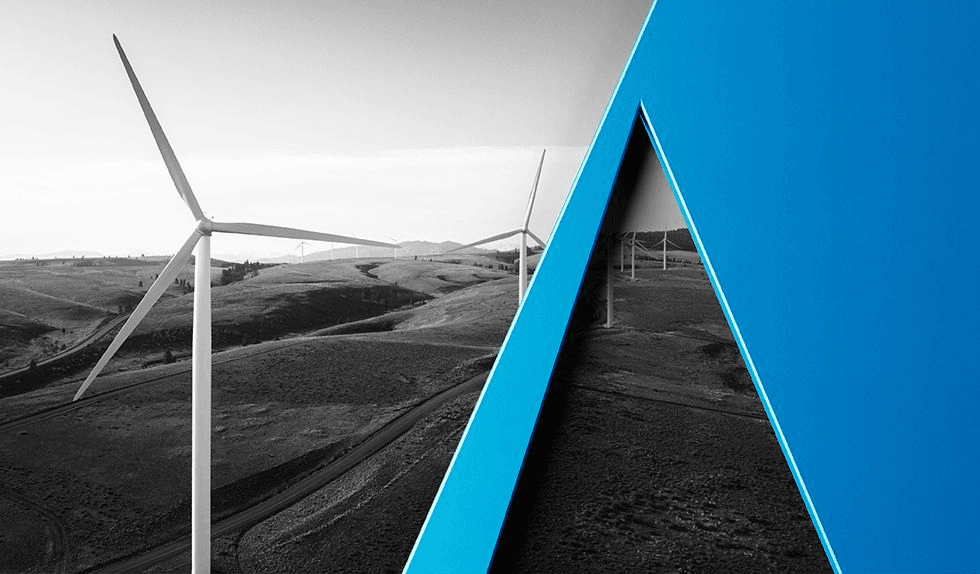In the August 13 petition, the States argue that they would suffer irreparable harm, including “significant unrecoverable costs and disruption to sovereign priorities,” if these deadlines are not immediately stayed. They assert that developing state plans will require “massive expenditures of time and resources,” forcing them to begin work immediately “if they have any hope of meeting the initial 2016 deadline, and the final 2018 deadline.” The States also argue that the immediate expenditure of time and money on the compliance effort will redirect the efforts of state environmental regulators, state utility commissions and other state institutions away from their other responsibilities, causing additional harm.
The States contend that extraordinary relief from the court is particularly necessary now because EPA has taken the “highly unusual step” of setting specific dates for the submission of compliance plans, rather than tying the submission of those plans to publication of the final CPP in the Federal Register (e.g., requiring that plans be submitted one year after publication). Publication in the Federal Register, which, under the CAA, is also the first point at which a court can obtain jurisdiction to review the rule, may not occur for several months. The States argue that this delay, coupled with the need for them to begin the process of developing compliance plans immediately to meet the current deadlines, would force them to expend significant unrecoverable taxpayer resources and displace “sovereign priorities” unless the court acts now.
Finally, in arguing that they have a “clear and indisputable” right to an immediate stay, the States offer a preview of some of the legal arguments they can be expected to raise before the D.C. Circuit on merits review of the final CPP. For example, the States argue that the final CPP violates the “Section 112 Exclusion” in the CAA by seeking to regulate, under Section 111(d) of the CAA, a source category (coal-fired power plants) that is already extensively regulated under Section 112 of the CAA. In addition, the States contend that the final CPP exceeds EPA’s authority under Section 111(d) by basing the final emissions performance standards on “far-reaching measures aimed at reducing usage of coal-fired energy by increasing reliance upon competing sources of energy,” rather than basing the standards on design and operational improvements that can be made at the affected power plants. The States also assert that the final CPP violates the Tenth Amendment to the United States Constitution by requiring states to fundamentally alter how they generate and consume energy within their borders, an area traditionally considered to be within the states’ reserved police powers.
The States ask the court to issue a stay by September 8, 2015. While not unexpected, the request for emergency stay adds additional uncertainty as electric industry stakeholders look toward compliance with the carbon emissions limits adopted in the final CPP.
1 West Virginia (lead Petitioner), Alabama, Arkansas, Florida, Indiana, Kansas, Kentucky, Louisiana, Michigan, Nebraska, Ohio, Oklahoma, South Dakota, Wisconsin and Wyoming



